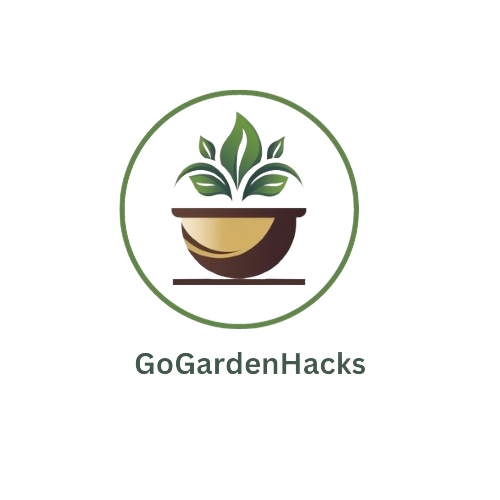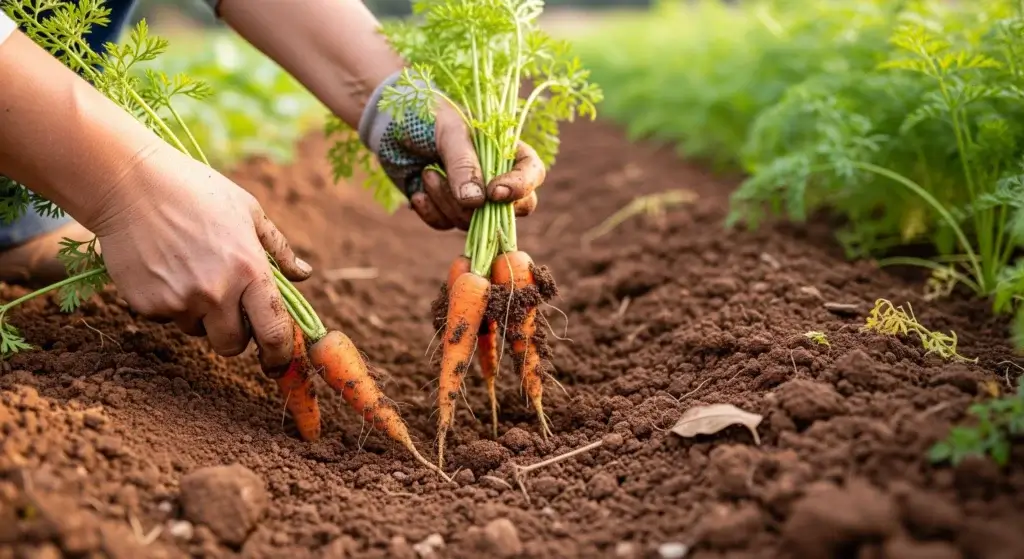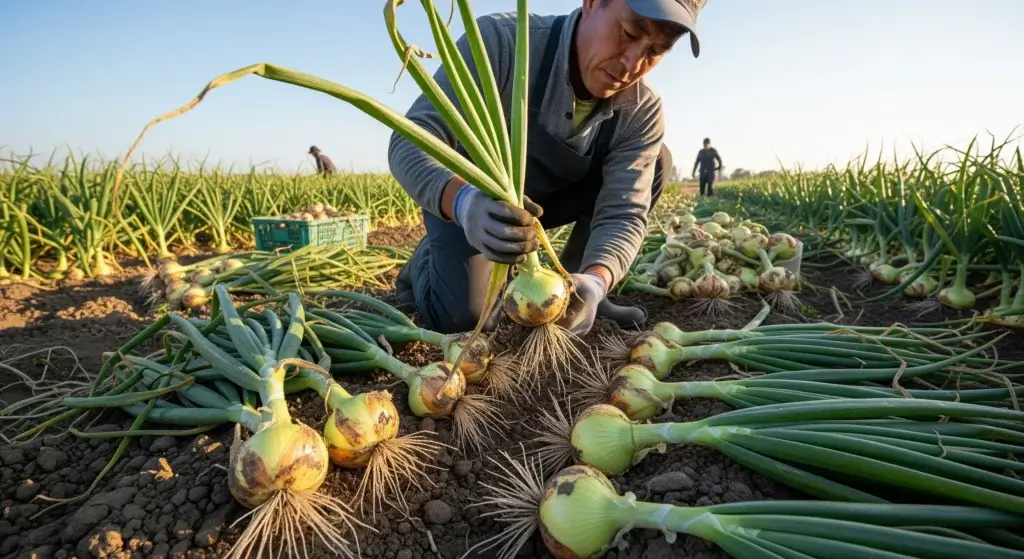
Growing tomatoes is super satisfying—until disease hits.
Fungal, bacterial, and viral problems can wipe out your plants fast.
The fix? Start with disease-resistant varieties.
They won’t solve everything, but they’ll give you a big head start.
This guide walks you through what makes these tomatoes different, how to pick the right ones for your garden, and what to do to help them stay healthy all season.
Understanding Disease Resistance in Tomato Plants
It’s not some magic fix—it’s just smart breeding.
Over the years, plant breeders have selected tomatoes that can stand up better to common diseases like wilt, blight, and nematodes.
When you see letters like V, F, N, or T on a seed packet, that’s code for what the plant’s built to resist.
What does disease resistance mean?
It’s not always all-or-nothing. Here’s what you might see:
- Full resistance – The plant gets exposed but never shows symptoms
- Partial resistance – It might get a little sick but keeps growing and setting fruit
- Tolerance – It’s infected but holds up well enough to still produce a harvest
So yeah, “resistant” doesn’t mean “invincible”—it means your odds are better.
The Science Behind Resistance
Tomatoes use a few built-in tricks to protect themselves:
- Tougher skin or thicker cell walls – makes it harder for fungi and bacteria to get in
- Natural chemicals – kind of like plant antibiotics that slow disease growth
- Genes that trigger defenses – like setting off an internal alarm when something’s wrong
It’s all in the plant’s DNA—no sprays or treatments needed for this kind of defense.

Common Tomato Diseases and Their Impact
Here’s a straight-shooting breakdown of the most common tomato diseases and what they actually do to your plants—because knowing the enemy helps you pick the right resistant varieties:
Fusarium wilt (F)
This one’s a fungus that lives in your soil and messes with your tomato’s ability to move water.
It loves warm weather and sticks around for years.
What you’ll see:
- Bottom leaves turning yellow
- Plants wilting in the heat, even if soil’s moist
- Brown streaks inside the stem if you cut it open
- Stunted plants and not much fruit
Verticillium wilt (V)
Similar to Fusarium, but it shows up more in cooler temps.
Still attacks the plant’s internal plumbing.
Symptoms:
- Yellowing between the veins (not the whole leaf)
- Leaves wilt and turn brown, starting from the bottom
- Small fruit, weak yields
- Dark streaks in the stem if you slice it open
Nematodes (N)
Tiny roundworms that mess with the roots. You won’t see them, but you’ll feel the impact.
Worse in sandy soil and warm climates.
Symptoms:
- Plants look weak, leaves go yellow
- Roots have weird bumps (galls) if you dig one up
- Fruits are small or sparse
Tobacco Mosaic Virus (T)
It’s a virus—not a fungus—and once a plant has it, you can’t fix it.
It spreads by touch, tools, or even contaminated seed.
Symptoms:
- Mottled yellow/green patches on leaves
- Leaves twist or curl weirdly
- Stunted growth
- Poor fruit quality
Top Disease-Resistant Tomato Varieties
Picking the right variety is half the battle.
Look for plants with built-in resistance that match what you’ve dealt with before—whether it’s wilt, nematodes, or viruses.
Determinate Varieties (Bush Tomatoes)
Celebrity (VFNT)
- Excellent all-around resistance
- Medium-sized fruits perfect for slicing
- Compact growth ideal for containers
- Matures in 75-80 days
Mountain Fresh Plus (VFNT)
- Outstanding disease package
- Large, flavorful fruits
- Heat-tolerant variety
- Excellent for fresh eating
Iron Lady (VFNT)
- Superior disease resistance
- Consistent fruit production
- Excellent shelf life
- Perfect for beginner gardeners

Indeterminate Varieties (Vining Tomatoes)
Big Beef (VFNT)
- Large, meaty fruits
- Excellent flavor profile
- Strong disease resistance
- Continuous production throughout season
Better Boy (VFN)
- Classic hybrid variety
- Reliable performance
- Good disease resistance
- Excellent for slicing
Phoenix (VFNT)
- Developed specifically for disease resistance
- Medium-sized fruits
- Excellent in humid conditions
- Extended harvest period
Heirloom Disease-Resistant Options
Mountain fresh plus
- Open-pollinated variety
- Excellent disease resistance
- Large, flavorful fruits
- Perfect for seed saving
Defiant PhR
- Late blight resistant
- Large, red fruits
- Open-pollinated
- Excellent flavor retention
Implementing Best Practices for Disease Prevention
Even the best genetics can’t save a tomato if it’s grown in bad conditions. Here’s what matters most:
Soil preparation and management
Soil testing and amendment
- Test soil pH (ideal range: 6.0-6.8)
- Add organic matter to improve drainage
- Ensure adequate calcium availability
- Incorporate compost for beneficial microorganisms
Proper drainage
- Install raised beds in heavy clay soils
- Add organic matter to improve soil structure
- Ensure containers have adequate drainage holes
- Avoid waterlogged conditions
Planting strategies
Spacing and air circulation
- Plant tomatoes 2-3 feet apart
- Ensure adequate air circulation between plants
- Remove lower leaves to improve airflow
- Use stakes or cages to keep plants upright
Companion planting
- Plant basil nearby for natural pest deterrence
- Include marigolds to repel harmful nematodes
- Add beneficial flowers to attract pollinators
- Avoid planting near related nightshade family members

Watering techniques
Consistent moisture management
- Water deeply but infrequently
- Use drip irrigation or soaker hoses
- Avoid overhead watering to prevent foliar diseases
- Mulch around plants to retain moisture
Timing and frequency
- Water early morning to allow foliage to dry
- Maintain consistent soil moisture levels
- Reduce watering frequency as fruits ripen
- Monitor soil moisture regularly
Maintenance and Care Throughout the Growing Season
Pruning and training
Proper pruning techniques
- Remove suckers regularly
- Prune lower leaves touching the ground
- Maintain good air circulation
- Use clean, sharp tools to prevent disease spread
Training methods
- Support plants with sturdy stakes or cages
- Train vines to prevent ground contact
- Regularly tie plants to supports
- Remove excess foliage to improve light penetration
Fertilization schedule
Nutrient management
- Apply balanced fertilizer at planting
- Switch to lower nitrogen formula during flowering
- Provide adequate calcium to prevent blossom end rot
- Monitor plants for nutrient deficiency signs
Organic options
- Use compost tea for gentle feeding
- Apply fish emulsion for nitrogen boost
- Add bone meal for phosphorus
- Incorporate kelp meal for trace minerals
Monitoring and early detection
Regular plant inspection
- Check plants weekly for disease symptoms
- Monitor for pest activity
- Inspect both upper and lower leaf surfaces
- Document any changes in plant health
Preventive treatments
- Apply copper-based fungicides preventively
- Use biological controls when appropriate
- Remove affected plant material immediately
- Sanitize tools between plants

Troubleshooting Common Issues
Disease resistance doesn’t mean immunity. Problems can still happen—just less often or less severe.
Environmental stress factors
Temperature fluctuations
- Protect plants during cold snaps
- Provide shade during extreme heat
- Use row covers when necessary
- Monitor weather forecasts regularly
Humidity management
- Improve air circulation in humid conditions
- Avoid overhead watering
- Space plants appropriately
- Consider greenhouse ventilation
Pest management
Integrated pest management
- Encourage beneficial insects
- Use physical barriers when appropriate
- Apply organic treatments as needed
- Monitor pest populations regularly
Maximizing Yield and Quality
Harvest timing
Optimal harvest practices
- Pick fruits at proper ripeness
- Harvest regularly to encourage production
- Handle fruits carefully to prevent damage
- Store properly to extend shelf life
Season extension
Extending the growing season
- Use row covers for frost protection
- Plant successive crops
- Choose varieties with different maturity dates
- Implement fall growing strategies
Conclusion
Disease-resistant tomatoes make life easier.
They won’t fix everything, but they give you a solid edge against common problems like wilt, blight, and nematodes.
Pair that with smart growing—good soil, clean tools, proper spacing—and you’re in good shape.
Just remember: resistance isn’t immunity.
You still need to watch your plants and give them what they need.
But if you’ve been burned by sick tomatoes in the past, switching to resistant varieties can make a big difference.
Grow smarter, not harder—and you’ll get better tomatoes without all the stress.



